Sustainable Digital Marketing Strategy

How to Build a Sustainable Digital Marketing Strategy for Your Brand In today’s fast-paced, ever-evolving digital landscape, businesses must adapt quickly and sustainably to stay ahead. Building a sustainable digital marketing strategy is essential for creating long-term brand success while reducing environmental and resource inefficiencies. Whether you’re a startup or an established company, this guide will show you how to develop a marketing strategy that is not only effective but also sustainable in terms of resources, customer trust, and brand loyalty. Understand Your Audience’s Needs Furthermore The first step in building a sustainable digital marketing strategy is understanding your audience’s needs. Without this crucial insight, your efforts will be unfocused, leading to ineffective campaigns and wasted resources. Research and Data : Use tools like Google Analytics and social media insights to gather data on your audience’s behaviors, preferences, and pain points. This data will guide your content creation and marketing efforts, ensuring that you address relevant customer needs. Segmentation : Segment your audience based on demographics, behaviors, and purchase history. Tailor your marketing campaigns to each segment to ensure they are both effective and relevant. Set Clear and Measurable Goals Moreover A sustainable strategy relies on clear objectives. Whether you aim to build brand awareness, generate leads, or increase sales, your goals must be specific, measurable, achievable, relevant, and time-bound (SMART). Track KPIs : Identify Key Performance Indicators (KPIs) that align with your business objectives. For example, website traffic, conversion rates, or customer retention rates are all measurable KPIs to track the success of your digital campaigns. Regular Evaluation : Continually assess the effectiveness of your strategy. Use analytics tools to measure the success of each campaign and adjust your approach accordingly. 3. Embrace Multi-Channel Marketing As well as For a truly sustainable digital marketing strategy, diversify your efforts across multiple channels. A multi-channel approach ensures your brand is visible and accessible wherever your target audience spends time. Social Media Marketing : Leverage popular social platforms like Facebook, Instagram, LinkedIn, and TikTok to engage with your audience. Content Marketing : Consistently create high-quality content through blogs, podcasts, videos, and infographics. Content marketing is one of the most sustainable ways to nurture customer relationships. Email Marketing : Build and segment an email list to send personalized messages that add value to your subscribers. Email marketing, when done right, has one of the highest ROI in digital marketing. 4. Invest in SEO for Long-Term Growth On the other hand Search Engine Optimization (SEO) is one of the most sustainable digital marketing tactics because it targets organic traffic. Unlike paid advertising, SEO allows you to earn visibility over time, providing long-term benefits for your brand. On-Page SEO: Optimize your website content by including relevant keywords, optimizing metadata, and ensuring a user-friendly experience. Off-Page SEO: Build high-quality backlinks by collaborating with authoritative websites and guest posting on relevant blogs. Mobile Optimization: With the increasing use of smartphones, ensure your website is fully optimized for mobile users, which is an essential factor for SEO rankings. 5. Foster Brand Loyalty Through Personalization Conversely A sustainable strategy is about building long-term relationships with your customers, and personalization is key to this. Personalizing your marketing efforts ensures your audience feels valued, which in turn drives customer retention and brand loyalty. Personalized Email Campaigns : Use dynamic content to send personalized emails based on customer behavior and preferences. Tailored Recommendations : Implement recommendation engines on your website to show products or services based on users’ past browsing or purchasing behavior. 6. Leverage Data Analytics to Drive Decisions Because of Data analytics is crucial for a sustainable digital marketing strategy. By analyzing customer behavior, website performance, and campaign effectiveness, you can optimize your efforts and allocate resources efficiently. For example Google Analytics : Track website performance and identify opportunities for improvement in areas like user flow, conversion rate, and bounce rate. Social Media Insights : Use the insights provided by social platforms to determine the most effective types of posts, times to engage with your audience, and how to increase social media engagement. 7. Likewise Stay Updated with Emerging Trends Such as The digital marketing landscape is constantly evolving, and staying up-to-date with the latest trends will keep your strategy sustainable. Innovations such as AI, chatbots, voice search, and augmented reality are transforming the way brands interact with customers. AI and Automation : Incorporate AI tools to automate tasks such as email marketing, content curation, and even customer support. Voice Search Optimization : As voice-activated devices grow in popularity, optimizing your content for voice search will help you stay ahead of the curve. Conclusion: Creating a Sustainable Digital Future Specifically As a result Building a sustainable digital marketing strategy is about balancing short-term success with long-term growth. By understanding your audience, setting measurable goals, embracing multi-channel marketing, and continuously optimizing your campaigns, you can build a strategy that will not only drive results but also keep your brand growing in a sustainable and responsible way. Feel Free Contact us today to learn more and elevate your digital marketing efforts!
